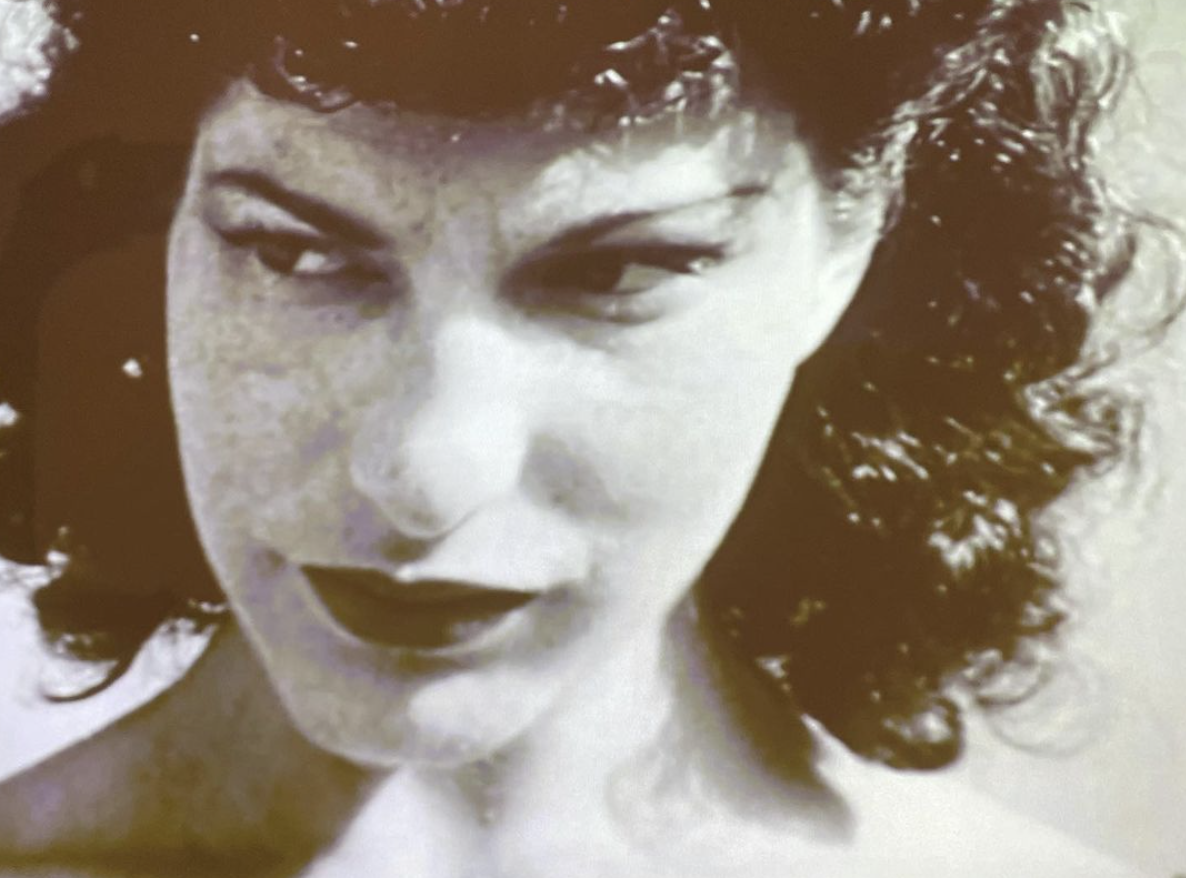I love this image from the series La Divina, 1968, by Cecila Porras and Enrique Grau, discoveries for me in the Met's comprehensive Surrealism Without Borders.
This pair grazed in film and experimental photography only to eventually retreat separately back into painting and sculpture. But while they were together, they put a Columbian version of Surrealism on the map.
Porras was an outlier--a female among the very macho scene in Cartagena in the 50s. She too began in self-portraiture like Maya Deren and Claude Cahun. She was daring, wearing wigs and dressing up, melding "fantasy with the everyday". The film stills on view are like Godard's Le Mepris, sophisticated, but alienated, as women in white climb a set of ancient stairs.
Porras as La Divina reminds me of Ana Mendieta, scooped up in dirt and leaves and driftwood on the beach, grounded but soaring. Porras doesn’t even have a hashtag so to see the mansplaining spread of surrealism turned on its head is welcome.
Maya Deren Carved Her Own Path
This is Maya Deren, the artist who transcended boundaries, friends with Dorothea Tanning and Max Ernst and Marcel Duchamp, but who very much went her own way. Born in the Ukraine, she lived in the US as a child and teenager when her parents emigrated, then went to Smith, NY and LA. She danced (for Katherine Dunham), she made films (which were very influential), she wrote, she was very much a part of the avant garde.
This still from her 1944 film, At Land, part of the Met's Surrealism Without Borders exhibition, captures some of her moxie. It was filmed in Amagansett. It's subtext drifts with the sand and sea around the notion of depaysement, or homelessness. She did not like to be lumped in with the Surrealists but she understood she shared some of their concerns around poetic and dream states.
Deren died at 44 in 1961 from a brain hemorrhage. She became addicted to the infamous Dr. Max Jacobson's speed and had more or less stopped eating.

